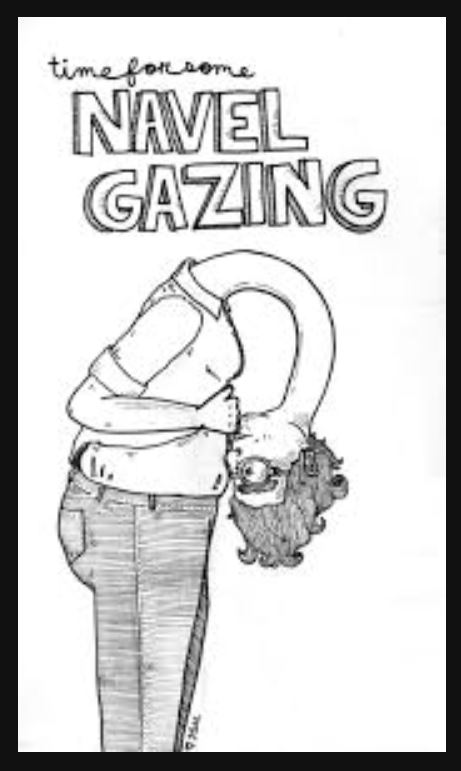I have been doing something I rarely do and that is read through old blog posts. This is an odd experience. I think I am my own best reader or at least I find my old posts interesting even as I always wonder why anyone else would find all this stuff that interesting unless they like the stuff I like or are interested in me in particular.
I was going through old posts because I am wondering if I ever finished Dairmaid MacCulloch’s huge book, Christianity: The First Three Thousand Years. I put notes in the back of books and find notes up to page 627. There are 1016 pages of text and I’m pretty sure I haven’t read them all yest.
I have kept lists of books I have read over the years, jotting down the date when I finished them. But I have never been too systematic for any prolonged period of time. In 2017 I began to keep a google doc of finished books and also made lists from old written lists of finished books. MacCulloch’s book on Christianity appears on none of the lists I can locate.
I searched through old blog posts and that’s how I ended up going through old posts this morning. I didn’t spend too much time doing this, but it was long enough to realize that I have been blogging for a long time. I also added some books to my list of books read.
This morning I wrote a new music note for next Sunday’s bulletin. I drew mostly from J. R. Watson’s Annotated Anthology of Hymns. For what its worth here’s the whole note:
Music Notes: When I recommend hymns to Rev Jen, I look closely at Carl Daw’s wonderful index, Liturgical Music for the Revised Common Lectionary. He recommends hymn texts and anthems that are clearly related to the scriptures for each Sunday of our church year. Reexamining our choices for today, I discover two texts by Charles Wesley, our opening hymn and the stanzas of today’s gospel Choral anthem. Our opening hymn, “Christ, whose glory fills the sky,” has been described by James Montgomery (another important hymn writer) as “one of Charles Wesley’s loveliest progeny.” J. R. Watson, the hymnologist, writes “The hymn brilliantly combines … metaphorical reading of the light and darkness imagery with the actual morning, in which the Christian awakes to find the skies filled with light and knows it to be the light of Christ’s glory. Thus every morning starts with praise.” The familiar text used in the choral anthem, “Hark! the herald angels sing” originally began with this fine line of poetry” “Hark how all the welkin rings.” Watson writes this line “was carefully chosen: the welkin is not only the sky but also ‘the abode of the Deity … the celestial regions, heaven, … and.. is also used ‘in phrases descriptive of loud sounds, as in to make the welkin ring (Oxford English Dictionary, sense 2b).” (An Annotated Anthology of Hymns edited with commentary by J. R. Watson Oxford University Press 2002) submitted by Steve Jenkins, Music Director
